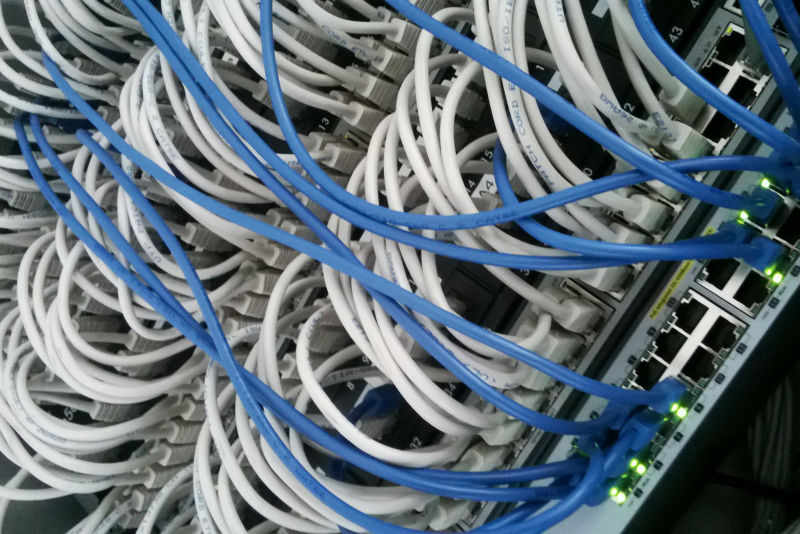
When the Spectre and Meltdown attacks were disclosed earlier this year, the initial exploits required an attacker to be able to run code of their choosing on a victim system. This made browsers vulnerable, as suitably crafted JavaScript could be used to perform Spectre attacks. Cloud hosts were susceptible, too. But outside these situations, the impact seemed relatively limited.
That impact is now a little larger. Researchers from Graz University of Technology, including one of the original Meltdown discoverers, Daniel Gruss, have described NetSpectre: a fully remote attack based on Spectre. With NetSpectre, an attacker can remotely read the memory of a victim system without running any code on that system.
All the variants of the Spectre attacks follow a common set of principles. Each processor has an architectural behavior (the documented behavior that describes how the instructions work and that programmers depend on to write their programs) and a microarchitectural behavior (the way an actual implementation of the architecture behaves). These can diverge in subtle ways. For example, architecturally, a program that loads a value from a particular address in memory will wait until the address is known before trying to perform the load. Microarchitecturally, however, the processor might try to speculatively guess at the address so that it can start loading the value from memory (which is slow) even before it's absolutely certain of which address it should use.